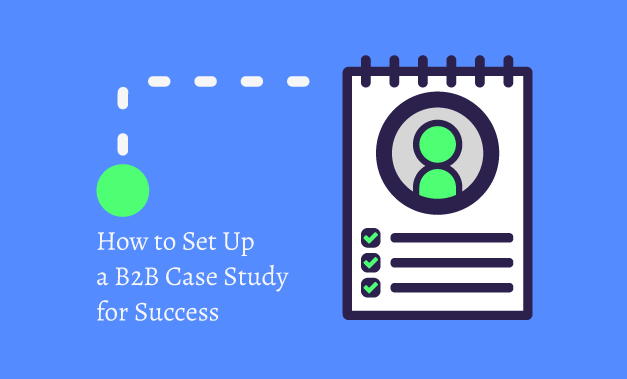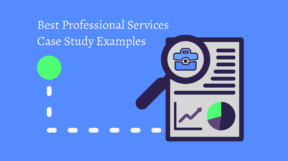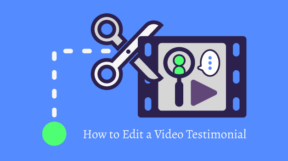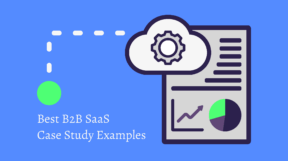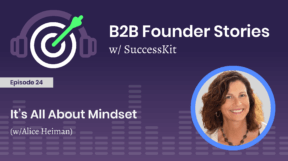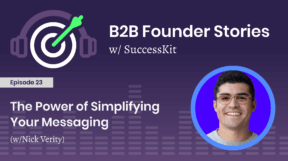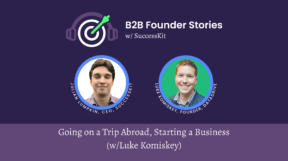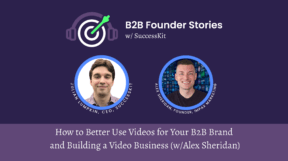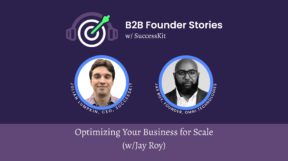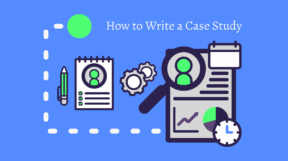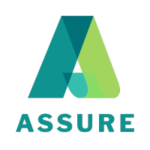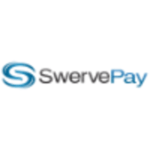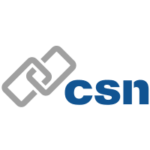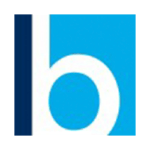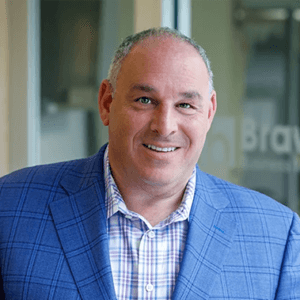Knowing how to set up a B2B Case Study is key to the Case Study being successful. There are just so many challenges that can come up during the process of interviewing clients, gathering all the information for your Case Study, and putting everything together.
Seeing a Case Study through to the finish line can be time-consuming, difficult, and overwhelming for an in-house person who has 20 other responsibilities.
Some common reasons that Case Study projects fail are as follows:
- Your subject does not or will not approve the content.
- The Case Study lacks a clear narrative and definitive results.
- Your Case Study tells the wrong narrative.
- The project becomes a major time-suck for the company and the Case Study subject.
Luckily, all of these failures can be reduced or eliminated with proper setup. Having proper organization and the right approach to tackling a Case Study project will significantly increase your chances of success.
I’m going to share an overview of the SuccessKit approach to setting up Case Studies.
We’ve refined this approach through several hundred Case Studies, and it’s made us more efficient, effective, and successful.
If you follow these steps, you’ll have a smooth process, too.
Also, click here if you want to see this walk-through in video form.
Select the Right Case Study Subject
Selecting the right client to interview for your Case Study is an essential first step in having a smooth process. Use the following tips to choose the perfect Case Study subject.
Avoid New Clients
It’s a lot easier to ask a new client who’s really excited about your company to do a Case Study. But that new client won’t have those meaty, proven results that make up a winning Case Study. The most important part of choosing the right client is choosing a client with whom you have real, tangible results.
Don’t Focus Only On Your Largest Accounts
A big account with a recognizable brand is the sexiest option for a Case Study. Unfortunately, it can be difficult to secure approval from a big-account client. There’s nothing worse than putting in all the work on a Case Study and then having the approval shot down by the client’s lawyers.
Work with Just One Contact for the Case Study
It’s nice to get multiple quotes in the Case Study if possible, but having one person to interview will save you a lot of energy.
Just managing the interview as a one-on-one conversation is always much smoother than a group scenario. You can get great quotes with a group conversation, but it’s often more work and effort to keep everyone on track.
Furthermore, crafting a Case Study from an interview with one point of contact results in a much simpler, more consistent narrative, as opposed to trying to assemble multiple perspectives into a cohesive story.
Opt for the Highest-Ranking Person Possible as Your Subject
The more impressive a Case Study subject’s job title, the more impressive the Case Study. And, perhaps more importantly, the higher-ups are thinking about the bigger picture and how your product benefits their bottom line. That’s the exact type of perspective that makes a winning Case Study.
Secure Permissions to Publish Your Case Study
Failure to secure permission kills more Case Studies than anything else. The biggest way to avoid wasting your time is to secure all permissions from the client before doing any work.
Here are some tips to navigate the permissions process for Case Studies.
Document Permissions in Writing to Use the Company Name and Logo
After your client agrees to participate in a Case Study, ask if you can use the client’s company name and logo.
Some clients will say, “Sure, no problem.” If that happens, great. Make sure they sign a release form, or that you at least have their permission in an email.
However, most clients will say, “You can use our name and logo, but we’re going to need to review the document before we give permission.” This can still be a good scenario. These clients trust you—they just want to make sure that everything is accurate and that they aren’t cast in a bad light in the Case Study.
Know Who Will Review the Case Study and His or Her Expectations
I can’t stress this enough.
If a Case Study requires client sign-off, find out who specifically will be reviewing the Case Study. Then, speak with the reviewer and explain the goals of the Case Study. Learn what his or her expectations are and if there are any specific topics or areas that you should avoid discussing. Basically, get a sense of any possible situation that would get your Case Study rejected or heavily edited.
Discuss Permissions with the Case Study Subject at the Start of the Interview
Let your Case Study subject know how you plan to use the Case Study. Ask to use his or her name and headshot image in the Case Study and document these permissions.
Plan What to Do if the Client Retracts Permission
Sometimes, you may put in all the work and create the Case Study only to have the client retract permission to use its name and logo.
Still, the Case Study is not entirely dead. Discuss internally if it’s worth converting the Case Study to an anonymous one.
While it’s clearly not as powerful as having the direct proof of your client’s company and logo, the anonymous Case Study can still have value, especially if you’ve already put in the work to have it created.
Prepare for the Case Study Interview
Before interviewing your subject, prepare for your Case Study by gathering the following key information from and about your client.
Your Company’s Value to the Client
Before setting up the interview, email your clients some high-level questions about why they value the relationship with your company.
This is a great way to understand what matters most to your client.
Having that knowledge will allow you to focus on the elements of your company the client is most excited about and ask better questions during the interview.
It may not align with your marketing goals, but it’ll make for a more powerful Case Study.
Key Metrics
The best metrics in a Case Study are those juicy bottom-line numbers. However, most of your clients don’t have the ROI calculated and memorized, so prior to the interview, ask your subject to prepare those key metrics in preparation for the call.
Background Information About the Client from Key Internal Stakeholders
Talk to your company’s key stakeholders in marketing, sales, and management to clarify the goals and expectations of the Case Study. These conversations let you know exactly what the higher-ups in your organization are looking for, and they can also provide valuable context about the client. Ask the stakeholders about the biggest wins for the client. Learn what they helped the client to achieve and how they did it.
Schedule the Interview with Clear Expectations
Scheduling an interview should be the simplest part, but make sure you set clear expectations for what your subject can expect. To do so:
- Find a time for a 10- to 20-minute phone call with the Case Study subject.
- Make sure the subject knows you already have background information and you’ll be asking follow-up questions.
- Inform the subject that he or she will get a chance to review and approve the content before it’s published.
Conclusion
There’s a lot you can do upfront to risk failure in any Case Study.
By doing a good job in the set-up process, you’ll figure out which clients will or won’t make for good Case Study subjects before you’ve invested time and money into the project. Working this way will give you the highest chance of success.
Furthermore, the set-up process will ensure you have a complete perspective and create content that all stakeholders will approve.
If you need help with your Case Studies, click here to book a demo now.
